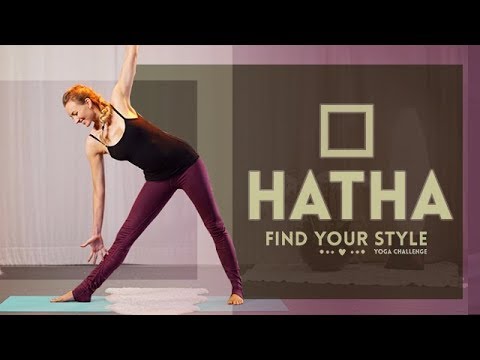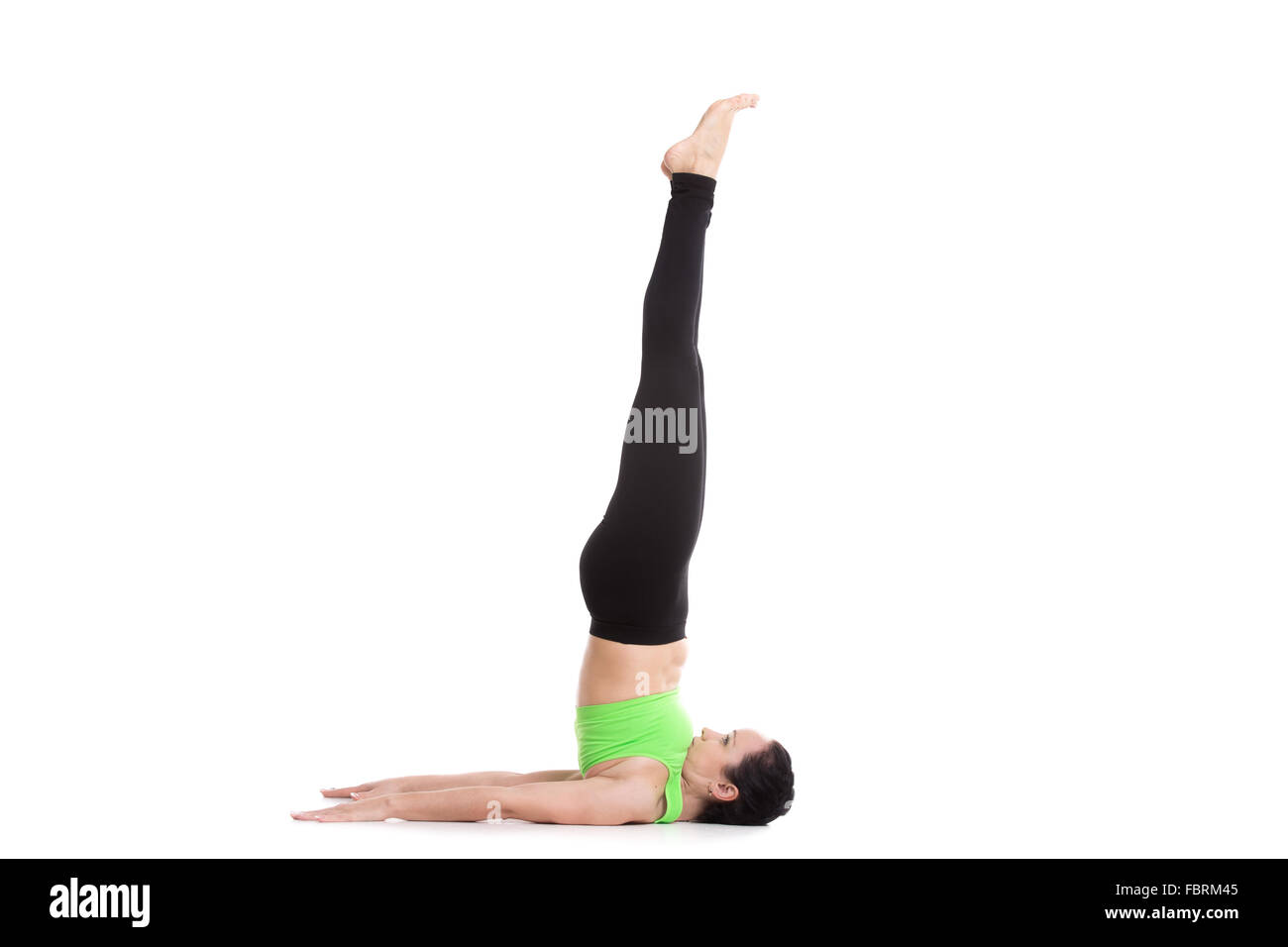
Asanas allow for the body and mind to interact in seated positions. It is important to have a relaxed, proper posture while performing asanas. This will allow you to maintain a straight spine, and strengthen your abdominal muscles. It can also boost your productivity and increase your energy levels. The asanas can be performed anywhere on the body. They work best in the morning, before bedtime.
Asana is all in the body position. Some asanas can be done in a sitting or standing position. Each of these positions requires the practitioner to concentrate on a single point over a longer period. This holds the practitioner accountable for maintaining a healthy mind and body. This is very beneficial as the human mind is rarely stable most of the time. Our minds are unpredictable and react with fear and anger to all situations.
This pose requires that you lie flat on your back. As you lie down, your hands should be on your thighs. Then lift your head in a straight line. This pose stretches the abdominal muscles. This can help decrease belly fat as well as strengthen your leg muscles. You will feel more relaxed and less stressed when you do this. Asanas will help you reduce belly fat, and increase your ability to focus and relax.

Yoga poses can be difficult. It is best to learn yoga poses with a teacher, or a certified instructor. Many instructors recommend practicing asanas while empty stomached to prevent injury. It is important to unify the mind, body and breath. By practicing with the right mindset, you will be able to achieve the results you seek. You'll be surprised at how happy you feel. The benefits of yoga are long-lasting.
Asanas are a great way to achieve a calm and peaceful state. They can even enhance your immune system. A skilled yoga practitioner can practice asanas inside asanas. The benefits of asanas can be profound, and you'll never know what's going to happen until you start exploring your body and mind. Asanas may make you happy and healthy.
The asanas have many benefits. Asanas not only strengthen your back and muscles but also stretch the arms and legs. These asanas can help improve digestion. These poses improve flexibility and strength. They can also help tone your legs. Find the best yoga pose to suit your body and any medical conditions. This will not only improve your flexibility and tone your back, but will also make your body more versatile.
Asanas are performed in complete serenity and relaxation. Asanas should be performed on firm ground as they can cause back discomfort. You should practice yoga on a mat. Asanas must not be performed in a hurry. It should be done slowly and carefully. If you have a serious health problem, it is best to refrain from doing asanas with twisting or swirling muscles.

Asanas must be performed with minimal strain to the neck, back and shoulders. Asanas should not be performed with strain to the neck, back, shoulders or joints. Instead, they should be practiced slowly and with your eyes closed. You should also pay attention to your breath. For the asanas to be practiced, bend your knees and stoop on your heels. You can lower your head while doing this and place your thighs on your chest. After this, you will be able relaxation and to breathe comfortably.
Asanas may be considered physical exercises but their purpose does not stop there. They stimulate energy channels and chakras as well as nerves. They can also relieve stress and help with menstrual problems. Asanas are good for your mental and physical health. They can be done after meditating to relieve stress and depression. They can be done in conjunction with a workout.
Asanas provide a way to strengthen your back and muscles as well as a cure for many health problems. Asanas are a great way to reduce stress and treat symptoms such as menopause. Anyone who wishes to improve their health should practice them regularly. You can do asanas anytime, anywhere! So long as you practice regularly, you'll notice a marked improvement in your health.
FAQ
Eggs are good for us.
The egg has all the nutrients the body requires. It is also good for maintaining strong bones, healthy heart and lungs, as well as stable blood pressure.
Eggs are an excellent source protein, vitamins A,B12, D E, K and calcium. They also contain vitamin B12, D-E, K, calcium and phosphorus.
The egg yolk has high cholesterol. However, it doesn't contain saturated fat. Eggs are lower in saturated fat than other foods.
They are also low on calories and sodium. They are also very versatile because you can cook them any way you want. They can be fried, poached, scrambled, boiled, hard-boil and baked.
They are extremely nutritious and simple to prepare.
Two whole eggs should be eaten each day. You don't have to eat eggs.
Eggs provide essential nutrients needed by our bodies. Add eggs to your diet today.
Why is Metabolic Wellness the Key to Aging Well
People are living longer lives today than at any point in history. However, as they age, so do their chances of getting sicker. Our current medical science approach is not working, even though we've made many advances.
We need to change how we think about health and aging. We have to start looking at metabolic health - not just weight loss but overall wellness - as the key to healthy aging.
You must ensure your metabolism is strong and healthy throughout your life if you want to lead a long, active life.
There are many ways you can improve your metabolic health. One way to improve your metabolic health is to incorporate these seven foods into your daily diet.
-
Resveratrol is a component of blueberries that has been proven to improve cellular longevity. They also contain antioxidants and vitamins C & E.
-
Beans like lentils and pinto beans are excellent fiber and plant-based protein sources. These nutrients help keep blood sugar levels steady so they won't spike and crash.
-
Broccoli has sulforaphane. It has been proven to protect cells from DNA damage. It may even be able to slow down cancer progression.
-
Chia Seeds are high-in omega-3 fatty acids, fiber, and other nutrients. They are high in protein and antioxidants. All these nutrients support heart health, brain function and gut health.
-
Green Tea has polyphenols called catechins. Green tea catechins have been shown to reduce bone fractures, heart disease, cognitive decline, diabetes risk, and other health issues.
-
Salmonis one of the best sources of lean protein, low in saturated fat, and packed with vitamin D.
-
Walnuts have omega-3s and antioxidants such as alphalipoic acid (ALA). ALA aids in energy production and protection against inflammation.
Is Cardio Better Than Strength Training?
Both are equally effective. For those who want to gain muscle quicker, cardio is a better choice.
Cardio burns far more calories per min than strength training. It also burns fat more efficiently.
Strength training helps build muscle mass. But it takes longer than cardio to accomplish this goal.
Do weightlifting burn fat faster?
Although weight lifting can help you lose fat more quickly, it is best to combine it with cardio exercises.
To maximize the benefits of weightlifting, you need to perform it after cardio workouts.
Weightlifting, when done properly, increases your heart rate.
However, if you don't combine it with cardio you won't see any significant changes to your body composition.
Statistics
- Cardmembers earn 5% Back at Amazon.com with a Prime Credit Card. (amazon.com)
- According to the American Heart Association, blood pressure should be checked at least once every two years, beginning at age 20. (my.clevelandclinic.org)
- The PRS enabled risk stratification for overall prostate cancer and lethal disease with a four-fold difference between men in the highest and lowest quartiles (HR, 4.32; 95% confidence interval [CI], 3.16-5.89). (pubmed.ncbi.nlm.nih.gov)
- According to the American Academy of Dermatology (AAD), men over 50 are at a heightened risk of developing it. (healthline.com)
- 10 pounds in a month is likely during a lean bulking phase, especially for beginners. (muscleandstrength.com)
External Links
How To
How can a man be fit in only 30 days?
Breaking down fitness goals into manageable steps will help you reach your fitness goals.
Every day, you must work towards your goal. This could mean doing 10 pushups every 5 minutes or running 3 km.
This will ensure that you see positive results if you practice it consistently over time.
You must be consistent. You must keep going until you succeed.
What is the difference between Aerobic Fitness (or Anaerobic Fitness)?
Anaerobic fitness describes the body's ability not to use oxygen to perform intense physical tasks. Anaerobic pathways are used when there is intense exercise to provide sufficient energy. Anaerobic pathways include glycolysis and creatine phosphate.
Contrary to that, aerobic fitness is the ability to sustain low-intensity exercises for a long time. When doing aerobic exercises, oxygen serves as the primary source for fuel for the cells. In other words: The aerobic pathway gives more energy than that of the anaerobic.
For example, if you want to run a marathon, you must first build up your aerobic capacity. If you only focus on building up your anaerobic capacity, you won't be able to finish the race.
Aerobic fitness is also referred to as cardiovascular fitness. The two most commonly used methods of measuring cardiovascular fitness, are VO2 Max testing and step tests.
Test VO2 Max
VO2 max refers to the maximum amount of oxygen (O2) used by the body during exercise. This test measures the amount of O2 the body can utilize while exercising.
This test is the best to determine your cardiovascular fitness. However, it requires expensive equipment and highly trained professionals to administer the test.
Step Tests
Step tests are a simple but effective way to measure cardiovascular fitness. These are based on your weight and age, they require you to run or walk on a track.
These tests cost little, are quick and simple to do, and can be carried out almost anywhere. You can for instance walk on a treadmill 2 minutes, then stop for 1 minute. Throughout the session, your heart rate should be within a certain range.
This protocol is called the "Bruce Protocol". Bruce, himself a runner developed this protocol when he realized his heart rate didn't rise when he ran long distances.